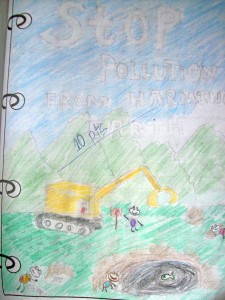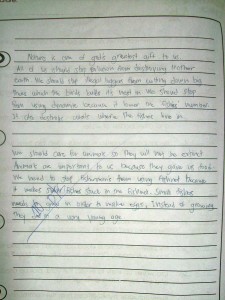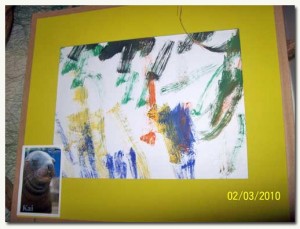I’m glad to have stumbled upon this photo posted by DPWH Secretary Mark Villar on his Facebook page in July. The photo showed a segment of Tarlac Pangasinan La Union Expressway (TPLEX).
According to Sec. Villar, coco net, and vetiver grass are being utilized in the 11-km segment of TPLEX to prevent soil erosion. The photo also carries hashtags #BuildBuildBuild and #Bioengineering.

According to Wikipedia, bioengineering means the application of principles of biology and the tools of engineering to create usable, tangible, economically-viable products.

In 2012, we were able to observe how coco nets are developed in Las Piñas. The intricate process includes, drying up coconut halves; decorticating the husks; twining the fibers; finally weaving the net.
The tour at the green social enterprises in Las Piñas was made possible by the Villar Foundation.

Twining and weaving nets from coconut husks are just one of the social enterprises of the foundation. The other livelihood projects include handloom weaving, house waste composting, vermin composting, producing hollow blocks from trash, and crafting baskets from water hyacinths.

The development of these livelihood projects was an offshoot of an endeavor to clean and revive the Las Pinas-Zapote River.
The husks not thrown on the river were left on the sidewalks, and the city had to spend more to haul the garbage. Trash collectors failed to collect sacks of coconut husk, so they end up polluting the river.

Mrs. (now Senator) Cynthia Villar, managing director of the Villar Foundation, met with experts from the Bicol University for the Coco Coir technology; to address the growing problem with uncollected coconut husks.

Dr. Justino Arboleda, an agricultural engineer, designed the machinery to make the coco-net. Coco Coir Enterprise utilizes coconut husk and converts them into a coco net.
Finished coco nets are being used for slope protection and control soil erosion. Las Piñas City and private developers use coco nets in various projects.
Congratulations Sec. Villar, for implementing the #bioengineering techniques to assist in the #BuildBuildBuild program of the government. This sure saves a lot of government fundings.



